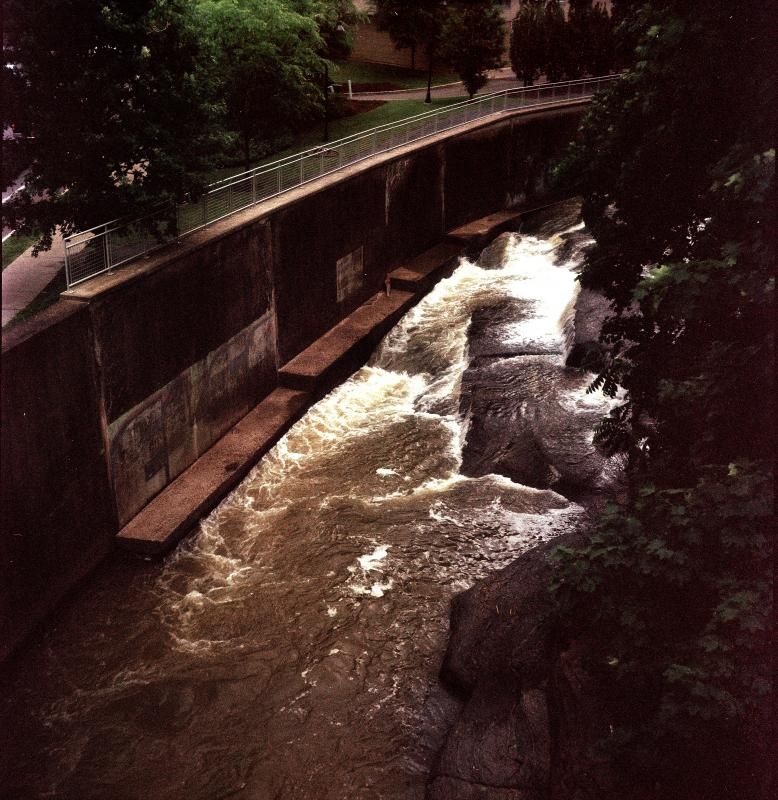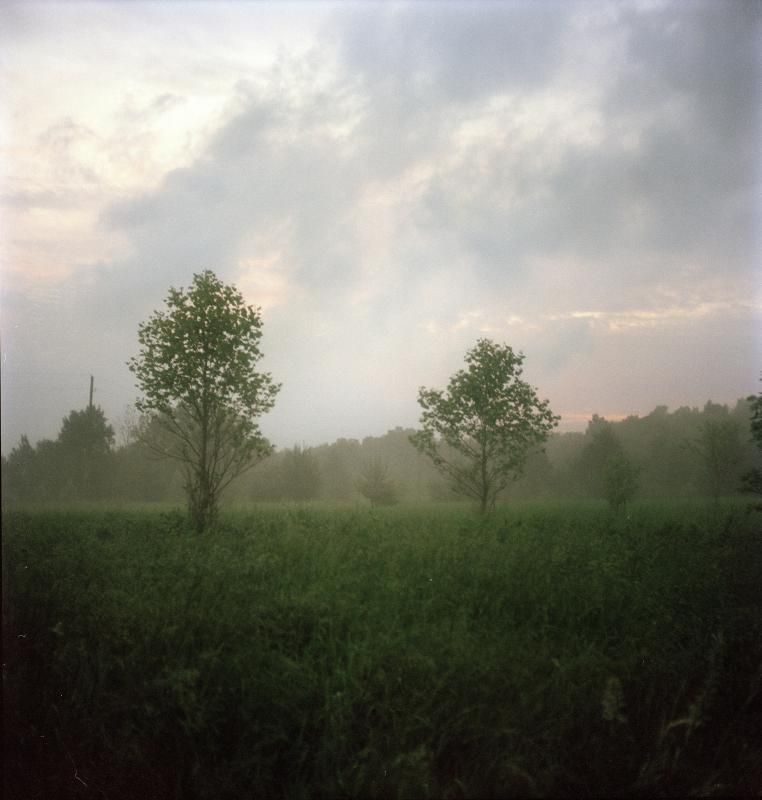twhittle
Established
I spent a few hours last week using a Hasselblad Flextight scanner at a local darkroom. I was scanning in 120 shots from a recent trip to America.
They were all taken on a Rolleiflex Automat Model 3 which is from the '40s. The lens has some cleaning marks and one bit of small fungus. The film is all Portra 160, some of which is put of date.
I tried to scan as flat as possible, using the preset for Portra and making sure that the levels were all covered.
BUT there is SO SO much grain! I don't understand where it has come from?
Is it the old lens? The x-ray scanners at the airport? My bad scanning skills?
Or some thing else?. . .
I have attached some images to give example.
Any thoughts would be very welcome!
Thanks



They were all taken on a Rolleiflex Automat Model 3 which is from the '40s. The lens has some cleaning marks and one bit of small fungus. The film is all Portra 160, some of which is put of date.
I tried to scan as flat as possible, using the preset for Portra and making sure that the levels were all covered.
BUT there is SO SO much grain! I don't understand where it has come from?
Is it the old lens? The x-ray scanners at the airport? My bad scanning skills?
Or some thing else?. . .
I have attached some images to give example.
Any thoughts would be very welcome!
Thanks




